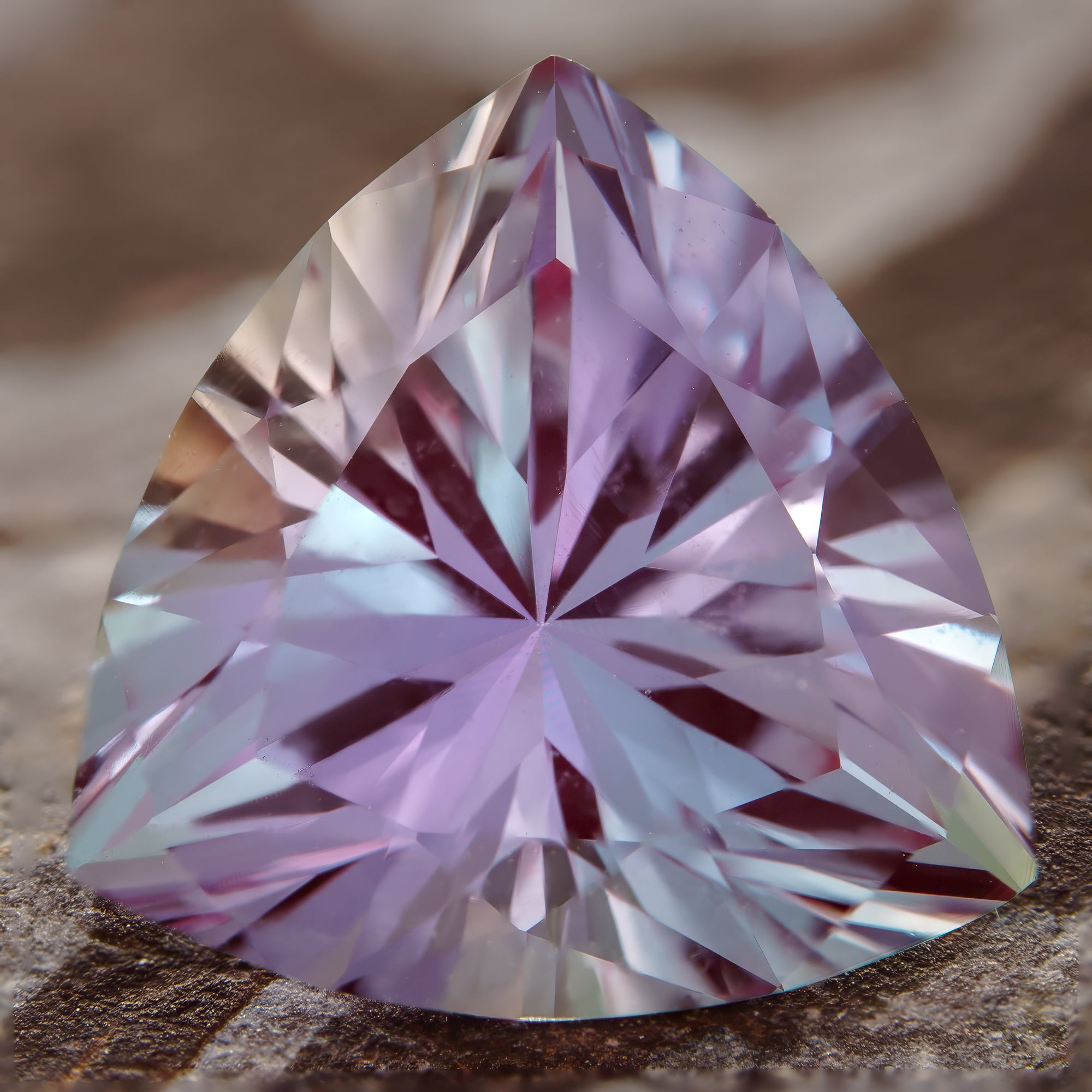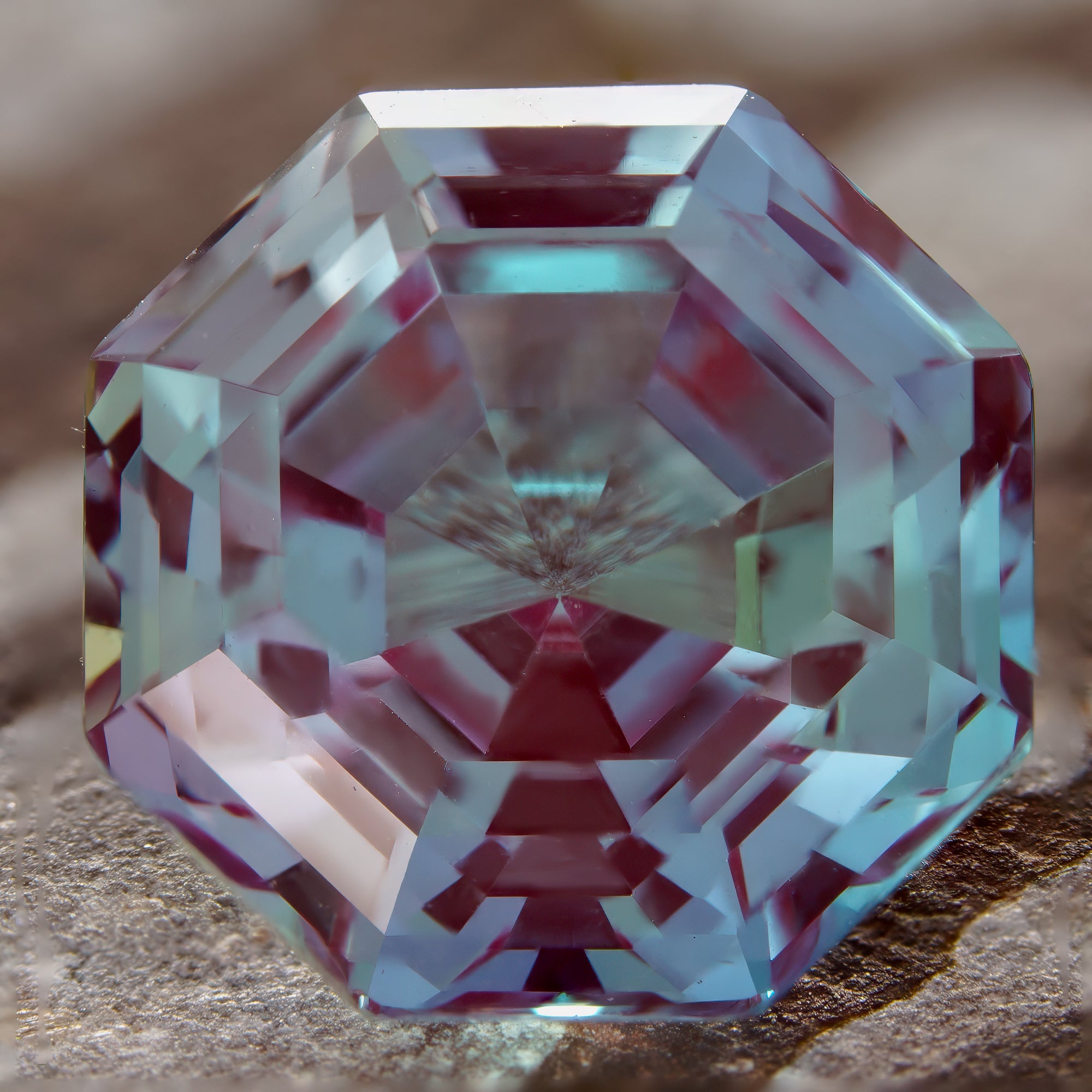Discovering the Allure of Tahitian Pearls: Nature's Finest Gems
In the world of pearls, one type stands out for its captivating beauty and unique characteristics: Tahitian pearls. Known for their mesmerizing colors, large size, and exceptional luster, Tahitian pearls have captured the hearts of jewelry enthusiasts around the globe. In this blog post, we'll delve into what makes Tahitian pearls so special, exploring their natural beauty, rarity, and versatility in jewelry design.
Tahitian pearls are the only type that can produce a wide range of colors, from white to dark.
Tahitian pearls, also known as black pearls, produce a stunning array of colors that set them apart from other types of pearls. The unique colors of Tahitian pearls are attributed to several factors:
-
Species of Oyster: Tahitian pearls are cultivated in the black-lipped oyster, Pinctada margaritifera, which is native to the waters of French Polynesia and other Pacific islands. This species of oyster secretes a dark pigment called melanin, which contributes to the rich and diverse colors of Tahitian pearls.
-
Natural Environment: The pristine waters of French Polynesia provide an ideal environment for cultivating Tahitian pearls. Factors such as water temperature, nutrient levels, and ocean currents influence the growth and development of the pearls, resulting in a wide range of colors and overtones.
-
Genetic Variation: Within the population of black-lipped oysters, there is genetic variation that contributes to the diversity of colors observed in Tahitian pearls. Some oysters may produce pearls with predominantly dark hues, while others may yield pearls with vibrant overtones of blue, green, pink, or purple.
-
Nacre Thickness: The nacre, or mother-of-pearl, layer that coats the surface of a pearl influences its color and luster. Thicker layers of nacre can enhance the depth and richness of color in Tahitian pearls, while thinner layers may result in lighter or less intense hues.
-
Environmental Factors: Environmental conditions such as water depth, sunlight exposure, and the presence of trace elements in the surrounding environment can also impact the coloration of Tahitian pearls. These factors interact with the oyster's biology and the formation process of the pearl, leading to variations in color and iridescence.
Overall, the unique combination of species characteristics, environmental factors, and genetic variation contributes to the diverse and captivating colors of Tahitian pearls. From deep shades of gray and black to vibrant overtones of blue, green, pink, and purple, Tahitian pearls showcase nature's artistry in all its glory.



Leave a comment
This site is protected by reCAPTCHA and the Google Privacy Policy and Terms of Service apply.